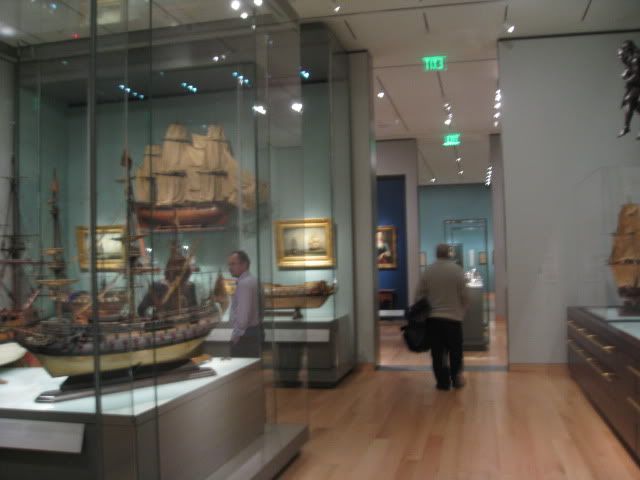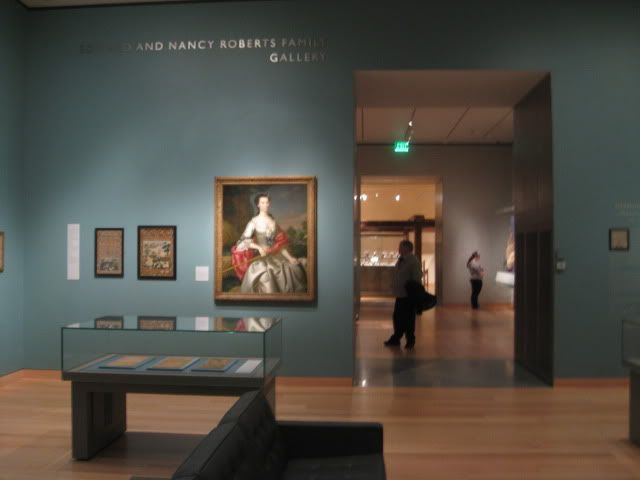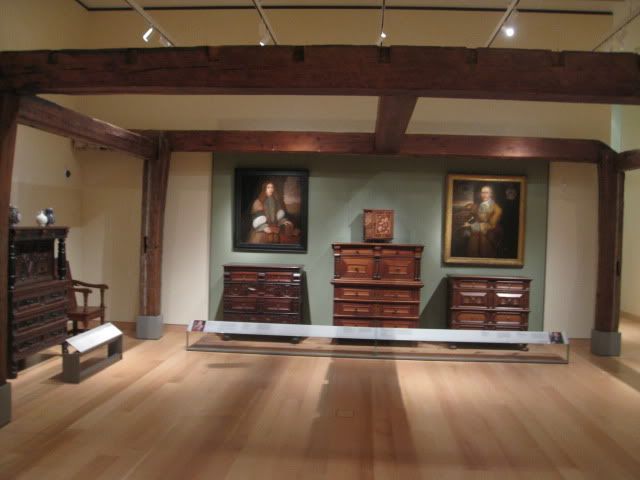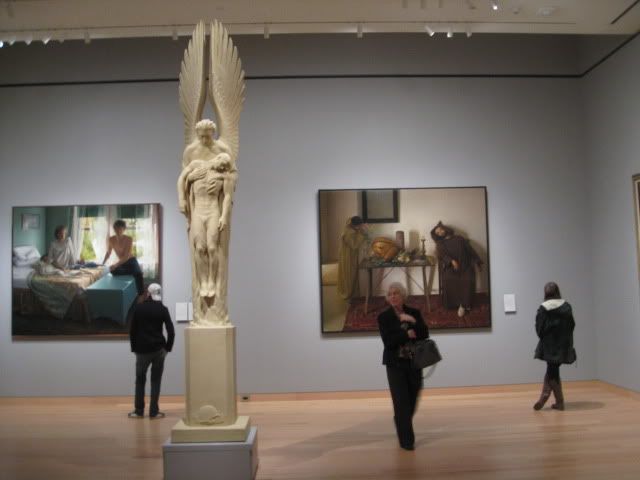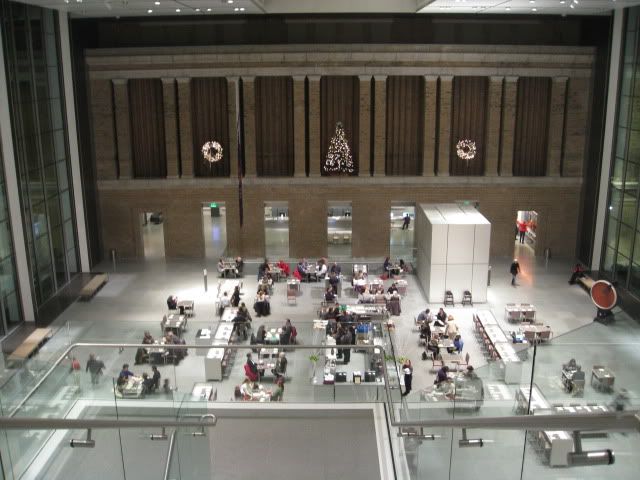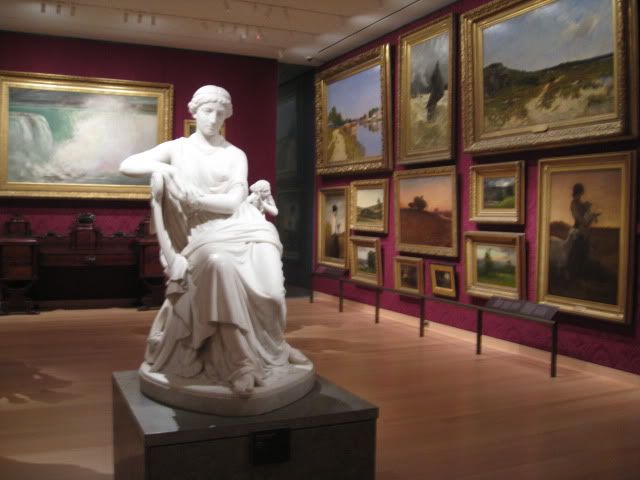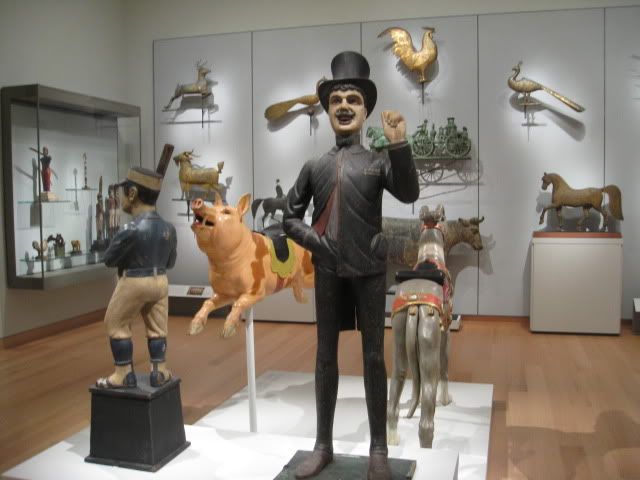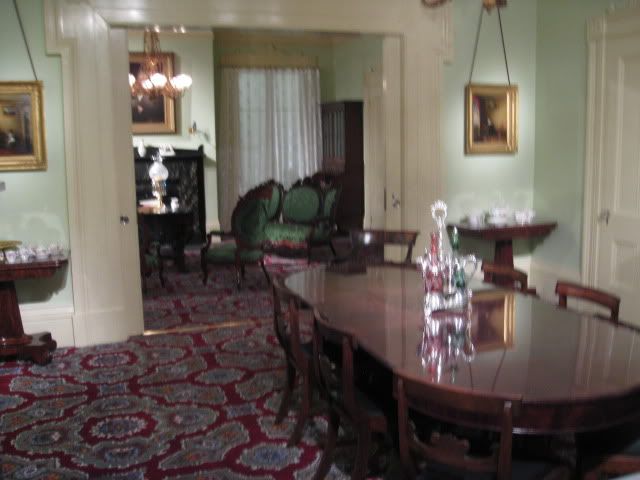A new wing in Boston?s Museum of Fine Arts
By Edwin Heathcote
Published: November 19 2010 18:27 | Last updated: November 19 2010 18:27
To contemporary eyes, the problem with neoclassical architecture is its completeness. Most of the western world?s great museums, built in the stretched century between the French revolution and the first world war, were conceived as temples to the gods of beauty and culture, as perfect, eternal, and symmetrical as the Greek temples that inspired them. There is nothing that can be added to, or taken away from, a classical portico or a colonnade to make it any better.
The Museum of Fine Arts in Boston was among the last of these big neoclassical museums. Completed by Bostonian architect Guy Lowell in 1909, it was conceived as a pendant on the city?s ?Emerald Necklace?, the 1,100-acre chain of parks that snake through Boston, and it faces the marshy landscape of the ?Fens?.
Though the galleries and public spaces are, by international standards, quite small, the museum has the most extraordinary collection of American art, thanks to Boston?s role as the historic heart of the New World. Its holdings include Gilbert Stuart?s portrait of Washington, English-born Thomas Sully?s ubiquitous depiction of the first president crossing the Delaware, and John Singer Sargent?s dynamic deco-classical ceiling paintings. The museum is the home of the dignified East Coast tradition; this is the art of the old New World. But the collection also spans the whole of the Americas, with superb examples of pre-Columbian and Native American work, many of which have languished in storage due to shortage of space.
When the Museum of Fine Arts commissioned Foster & Partners to design its expansion in 1999, the practice was finishing off the British Museum?s Great Court, conjuring a massive lobby from the dark heart of a dusty court. Previously, the architects had demonstrated their facility with classical buildings not only in their transformation of Berlin?s Reichstag but also in the audacity of the Carr? d?Art in N?mes, southern France, a minimal glass gallery that stands beside the real thing, an exquisite Roman temple. That delicate building is still, I think, Foster?s finest.
This new wing in Boston ? with its crystalline late modernism set against solid civic stone ? is of a piece with the Carr? d?Art. At the heart of the institution, the architects have created a lofty space ? the Ruth and Carl J Shapiro Family Courtyard ? that is flooded with ethereal light. The expanse of the sky, the changing greenery of the marshy parkland and the structural brick of the original building are all brought into the museum. Clad in pale stone with stairs cantilevered in at one end and slender steel columns supporting a gossamer-thin translucent ceiling, this new space is luminous, its effects achieved with a deceptively simple palette.
It is resolutely part of an emerging trend in big US institutions for tasteful surgical intervention, a counterbalance to the self-consciously expressive icon. Yoshio Taniguchi kicked it off at New York?s Museum of Modern Art and Renzo Piano has become the trend?s tasteful default designer ? with the Chicago Art Institute and ongoing extensions to two nearby Boston museums, the neighbouring Isabella Stewart Gardner Museum and Harvard?s Fogg Art Museum.
This kind of architecture treads a delicate, occasionally ill-defined line between the corporate and the sublime. At its best, it unfussily brings everything together; at its worst it makes everywhere look the same ? it becomes the architecture of the ubiquitous lobby, bringing the aesthetics of waiting and coffee, the architecture of the airport (at which Foster is so accomplished) into the sphere of high culture. But in Boston, Foster has avoided the pitfalls. Here the central space lifts the soul. After the slightly cramped, darkish entrance of the original building, it prepares the visitor for an ascent through the history of American art, from the intimate displays of colonial rooms through to top-lit galleries of contemporary work.
That Foster?s firm was responsible not just for the building but, unusually, also for the displays and the detail and continuity of the aesthetic from atrium down to vitrine, begins to justify the $345m building budget. But what the architects have also done ? less visibly, perhaps, but more impressively ? is to weave a series of routes around the whole building that allow visitors to wander around the edges of the collections, taking in everything and, if they feel like it, to deviate from the circuit and explore more deeply. The routes are clear and comprehensive, seamlessly navigating the complex collections while maintaining a sense of the landscape and city surrounding them.
The greenery of the Fens is drawn into narrow glazed slots, which act as nodes connecting the different galleries. New glazed walkways have been created around the upper edges of the museum ? modernist loggias that illuminate the space, relieving pressure on the exhibits while creating active elevations. These animate the surrounding parkland, which was neglected and deserted until only a few years ago. These loggias are close in character to those Foster made at the Sackler Gallery above the Royal Academy in London and bridge the new and the old with similar success.
From the outside, the building blends the kind of slick glazed fa?ade that encases Foster?s riverside offices in south London, and a solid surface punctuated by seemingly random openings. This faux randomness has become a bit of a clich? in recent years, but in fact the openings coincide with the windows of the period rooms, so the domestic interiors behind them are naturally illuminated. Once you realise this, the fa?ades make perfect functional sense. The pale stone sits comfortably with the severe Beaux Arts of the original building and the whole ensemble stretches and pulls the city out into this landscape in a way that never quite occurred with the oddly isolated original.
There is nothing flashy here ? no architectural acrobatics, no attempt at communication through jarring juxtaposition, no sense of struggle with the old structure ? just good, understated galleries and clarity. When the museum was built, the neoclassical tradition to which it belonged was coming to an end. It would enjoy one final flourish in the government buildings and memorials of Washington, DC, and then disappear. The modernist language used by Foster is nearly as old now as was that Beaux Arts language then. It will be intriguing to see how well they last together.
Art of the Americas wing, Museum of Fine Arts, Boston, opens on November 20,
www.mfa.org
Edwin Heathcote is the FT?s architecture critic

